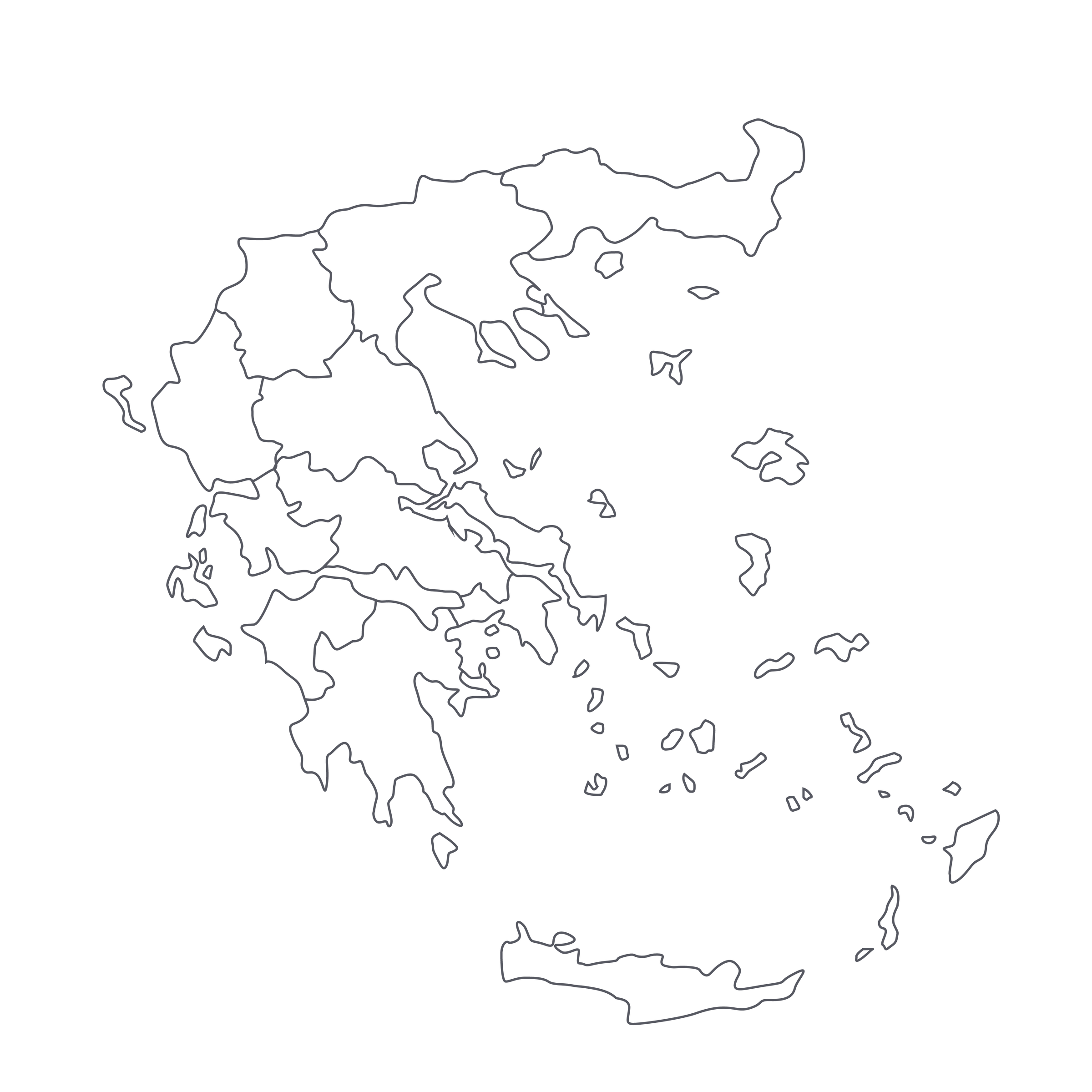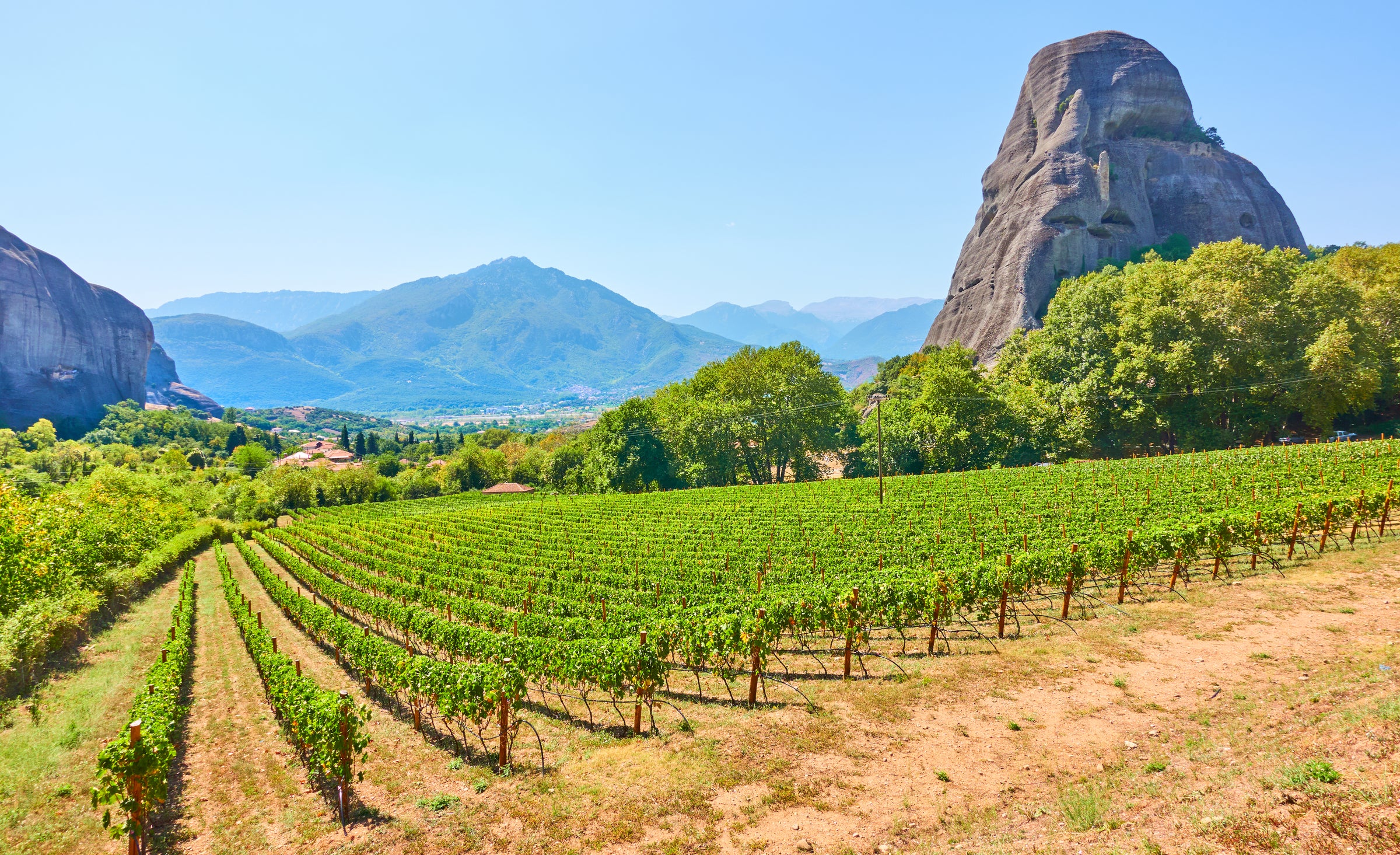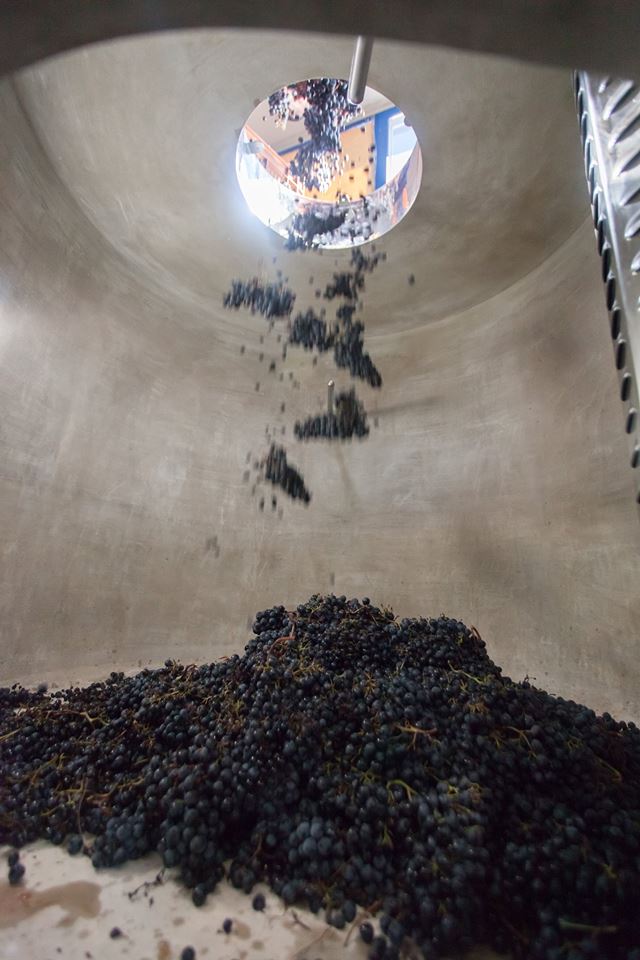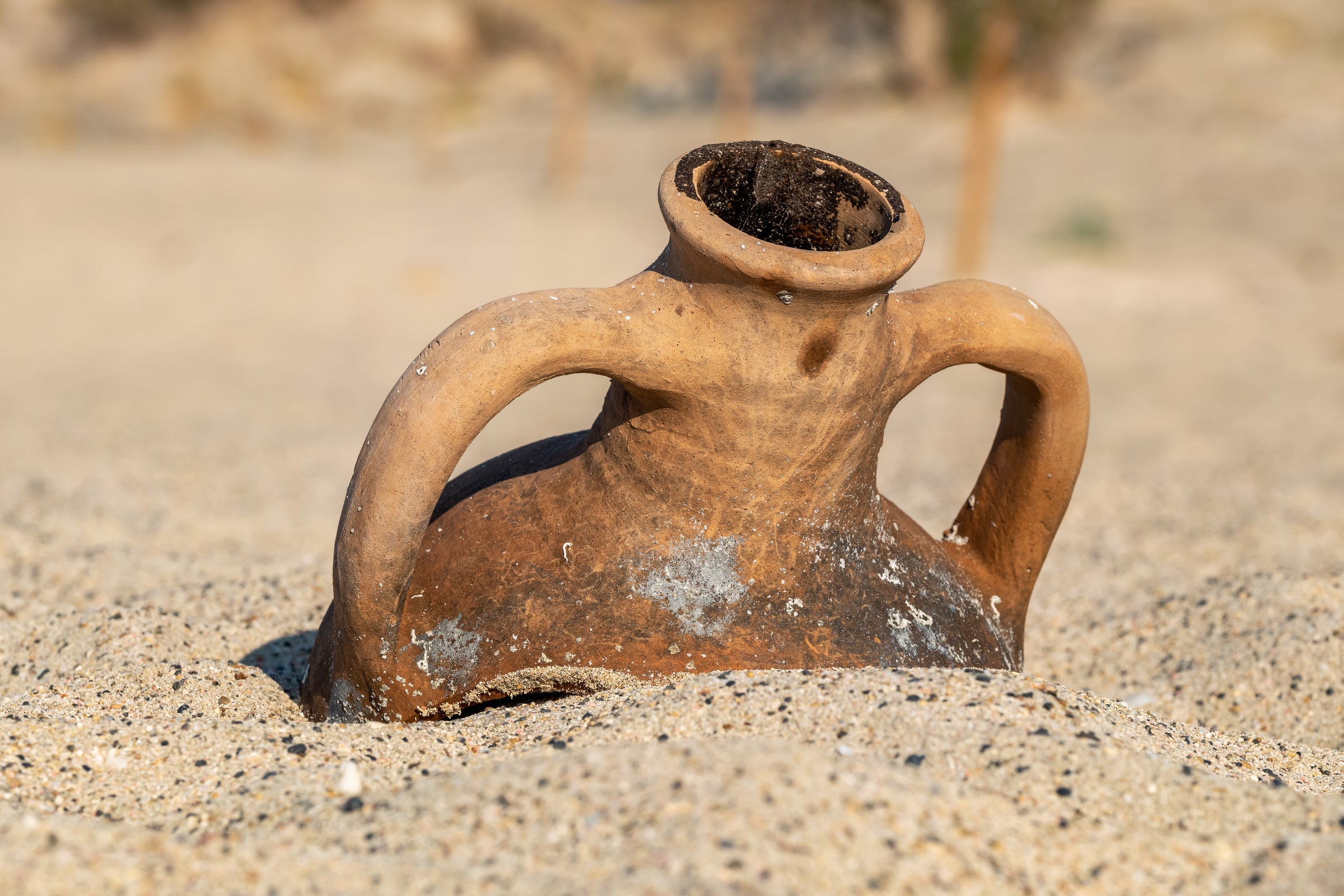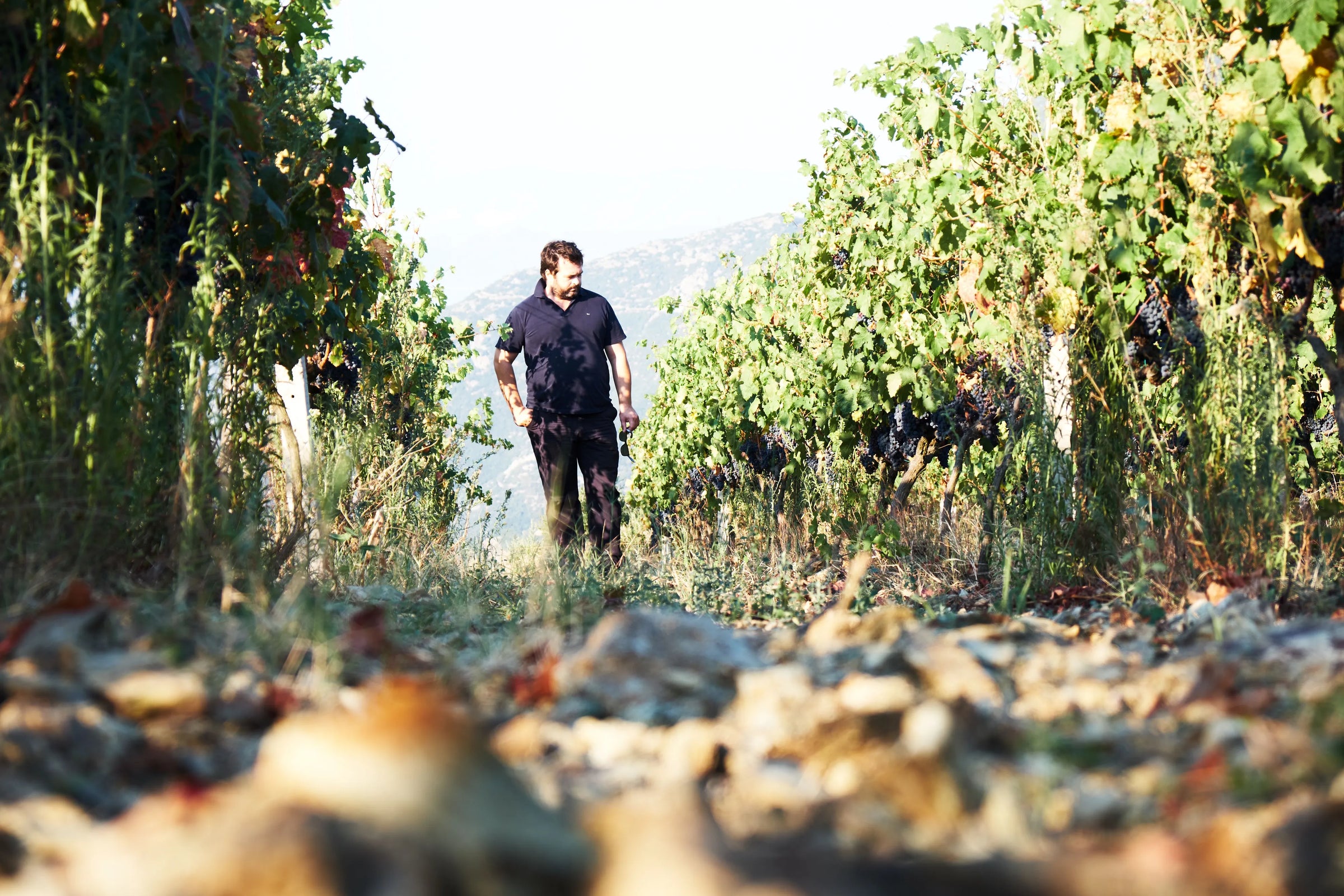Keen-eyed subscribers may recognize this wine, a previous vintage of which received an enthusiastic reception among the SommSelect faithful. And why wouldn’t it? It’s a pitch-perfect expression of one of Greece’s greatest wine appellations (Naoussa, in the northern region of Macedonia) and arguably its most distinguished native red grape: Xinomavro.
It was aged some four years in barrel and bottle before release, is reminiscent of fine Barolo and red Burgundy, and nevertheless costs $22. Yes, that defies logic, but it’s something we continue to encounter in some of the most historic Old World wine regions of Europe—most notably Greece and Portugal. Until there’s broader consumer recognition of the excellence of these wines—and, believe me, we’re happy to do our little part here—sharp buyers can pick up modern, well-crafted expressions of wine history for a song. As I’ve said before, to be able to acquire a wine like this, at this price, seems unfair. But rather than dwell on that, I’m going to enjoy this wine soon, and often, and you’d be wise to do the same. Whether you’re new to Greek wine or an old hand, this new release of Vaeni’s “Grande Reserve” is an exciting—and delicious—discovery.
Because the stock image of Greece is that of hot sun and azure seas, it’s easy to overlook the fact that the Naoussa appellation is in Macedonia, in northernmost Greece. Vineyards are nestled in the southeastern foothills of the Vermio Mountains, far enough from the Aegean Sea to be considered a cool, “continental” climate. They have ski resorts here, not exactly something I readily associate with Greece. The Naoussa appellation—the Greek abbreviation is PDO, for “Protected Designation of Origin”—was the very first in the country to be officially codified, in 1971.
Among the requirements of the Naoussa PDO is that the wine must be comprised of 100% Xinomavro (pronounced ksee-NOH-mah-vro), arguably the most important red grape in Greece. Its tannic structure, color, and expressive perfume have prompted many to compare it to Italy’s Nebbiolo, and I wouldn’t disagree, although I don’t find Xinomavro to be quite as tannic (or alcoholic) as Nebbiolo. Soils in Naoussa are a clay and limestone composite, much like those of Barolo, so the “Barolo of Greece” moniker is all but unavoidable here: this 2013 shows some of the ‘tar and roses’ characteristics of Barolo, though perhaps the better comparison in this case would be to the more finessed Nebbiolo-based reds of “alto Piemonte” or Valtellina.
Yet in addition to those darker, more savory notes, the 2013 “Grande Reserve” also has a core of cherry, goji berry, and red currant fruit that wouldn’t be out of place in a Côte de Beaune Pinot Noir. This wine aged two years in French oak barrels and two more in bottle before it was released, and now it has enjoyed further bottle aging still—while it still boasts great lift and freshness, with aromas of rose petals, warm spices, orange peel, and tobacco melding with the bright fruit, I’d say it has entered its prime. Decant it about 30 minutes before serving in Burgundy stems at 60-65 degrees and enjoy some now and over the next 3-5 years. It is medium-bodied, its tannins have softened to a fine, silty consistency, and the finish is long and aromatic. It is an elegant red that melds sweet and savory flavors seamlessly, finishing with a mouthwatering, slightly citrusy twang. In comparison to the 2010 vintage we offered previously, I’d say this version skews a little more ‘Burgundian’ in terms of its scale and flavor profile; pair it with Greek-style stuffed tomatoes (yemista) for a simple and immensely satisfying dinner. Cheers!
